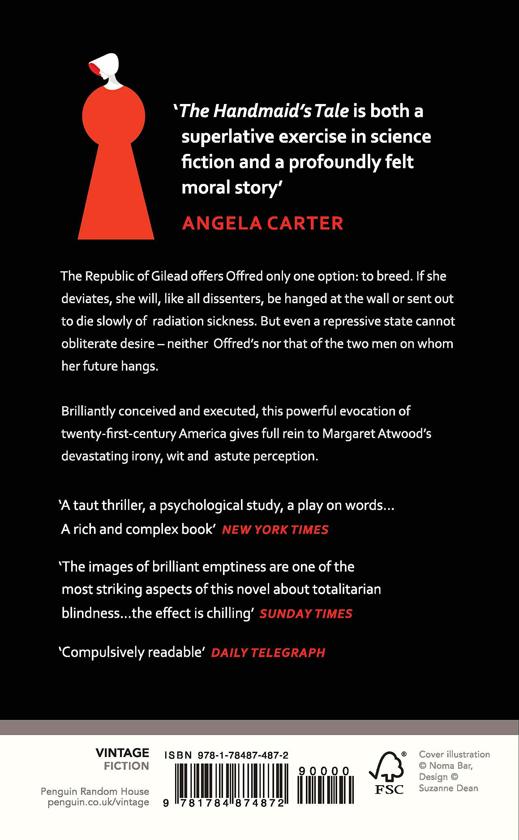


Language is used to subjugate women, ‘Marthas’ are named after a woman who served Christ and in the text, now serve the Commander. The reader is reminded of history repeating itself, the basis of Atwood’s message. The Rachel and Leah centre, named after Jacob’s two wives, whose handmaids were required to produce children for them suggests that Gilead’s culture is an acceptable practice, following the Bible’s word. ‘ Historical and biblical allusions are profuse, Gilead has undoubtedly been selected from The Old Testament, Hosea 6 : 8, where it is described as ‘a city full of evil men and murderers’ supporting Offred’s depiction of Gilead. According to Sherrill Grace, in her Analysis of Female Autobiography, ‘The layered narrative invites exploration. Offred mirrors ambivalence towards the text and the body’s rigid experiences of patriarchal society, highlighting a theme of anxious power, a conflict of feelings of anxiety and empowerment expressed by women writers.Ītwood uses layers of references as a narrative strategy where she binds the text together with the use of intertextuality from broader readings. Sheila Conboy, Reading and Writing Ambivalence in Narrative by Women, argues that Offred creates her narrative as a metaphorical body. As Atwood does this, she draws the reader into the setting and Offred’s life. ‘ Presentation of heightened senses and feelings establishes a vivid realistic effect. An allusion to Tennyson is revealed when Offred describes Serena’s garden in such a way that the reader feels they are in it, ‘Then we had the irises, rising beautiful and cool … black cat’s ear in the sun … the bleeding hearts … it breathes … The willow … s no help with its insinuating whispers. When Offred helps to make the bread dough, her sense of touch is compared with flesh and her hunger to touch another person generates a longing within her, a yearning for freedom and choice, yet Offred’s desire is disallowed in the puritanical ideology of Gilead. Serena joy’s perfume, Lily of the Valley, however triggers off sensations and memories of Mother’s Day. Offred recalls lemon oil, daffodils, nail polish and craves for cigarettes and coffee.

Atwood uses a heightened sensibility to bring the book alive by choosing language with connotations of touch, smell and taste. The reader doesn’t know what happened to Offred or how the Gilead society collapsed and so the effect of the post modern narrative forces the reader to ask questions. As with postmodernist structures, The Handmaid’s Tale has no closure, no definite ending. Atwood is determined that the reader hears Offred’s story, ‘Because I’m telling you this story I will your existence.


 0 kommentar(er)
0 kommentar(er)
